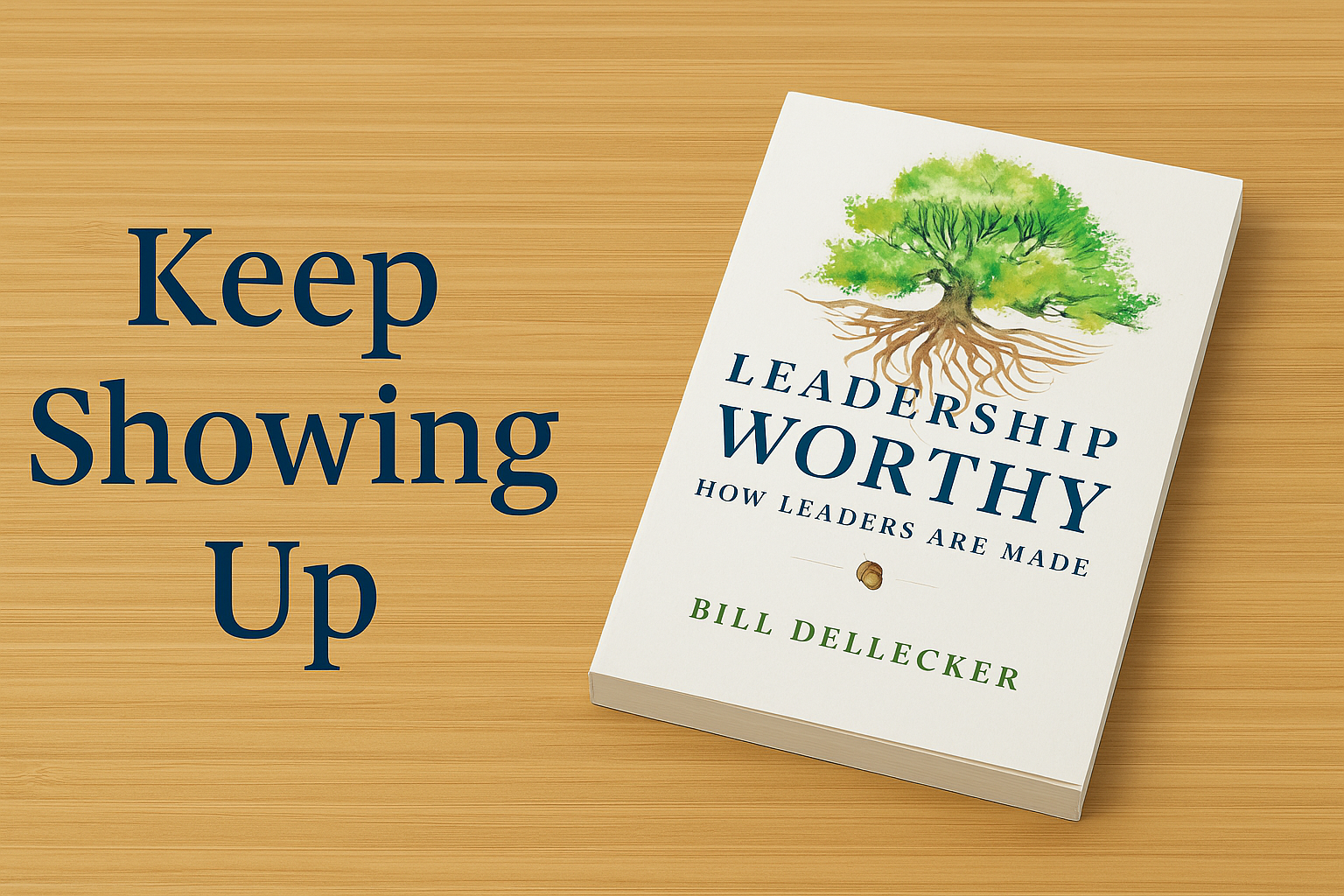Leading: Purpose Second
It’s not enough for an owner or business leader to have a general idea about what they intend to accomplish and to direct others accordingly; a worthwhile purpose only emerges when other employees buy in to it. A true leader must engage hearts and minds, not just hands and feet.
What should a business purpose “say?” That depends on many factors, but the essence of it should reflect what’s different and unique about what you do; it should reveal why prospective customers should hire your firm. Do you “mow grass,” “plant trees,” or “perform quality work?” Or is there something more, something your employees and customers can’t get from a quick internet search of landscape companies in your area.
Stick with me here, because I know the tendency of many (even most?) operators is to do just that—operate! They are “get it done” kind of people. That’s all well and good if what’s done is what matters most to your customers. It’s worth your time to figure out what that is and define your niche accordingly. Your purpose needs to be about something bigger than just earning a living; if that’s it, with all due respect you’re reading the wrong article and in the wrong business.
You can’t be all things to all customers, but you can be the right things to your customers, if you clearly define your purpose in serving them. Think about these aspects of defining your purpose, in this order:
- When things are really working well, what crews are doing the work? And who are they doing it for? First Who, then What. Those answers offer your first clues.
- What is it your customers really like about your company? Is there something that makes you best in class? Who did that thing that resulted in a compliment or, better yet, the ultimate compliment—a referral? Were you the most creative, the most responsive or the ones they didn’t have to manage? Or, what else…? The list goes on.
- Once you dial in what makes your team special, you have defined the essence of your stated purpose as a service-delivery team and as a company.
- Next, find a way to express the purpose clearly but in as few words as possible. Mission statements have a place, but it isn’t here. Get to the core of what makes your business not just different, but somehow better.
- Capture the idea, get it in front of your team and put it on everything. Make it part of your mantra. Say it over and over and realize that about the time you’re sick of hearing yourself say it, the last employee has heard it for the first time. And it’s almost certain that next customer has never heard it at all.
- Whatever your purpose, make it real. Then make it matter. It must be part of everything you do and each decision you make.





